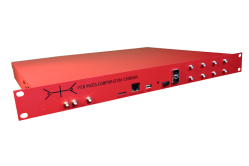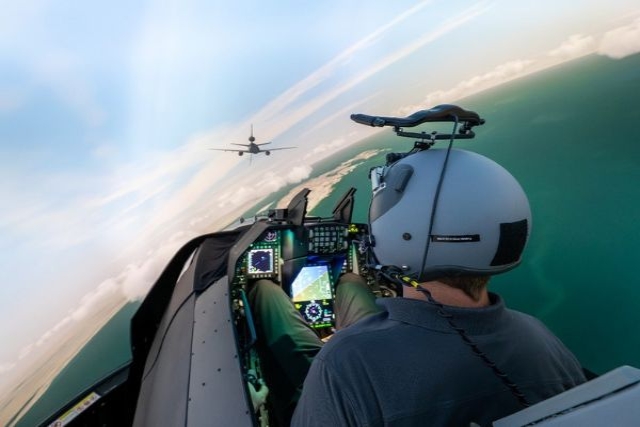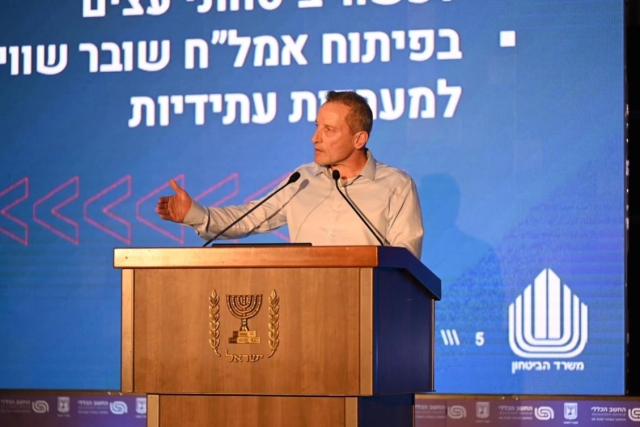Future Software Define Radios To Have Increased Processing Power

Per Vices' Crimson Software Defined Radio
In an interview with Defenseworld.net, Brandon Malatest, Co-Founder Per Vices talks about trends, best practices and applications of radio and tactical signals and intelligence products in aerospace and defense sector. He talks about how to enable operators to address the self-organizational capabilities afforded by modern communications infrastructure, without compromising strategic intelligence requirements.
DW : What are the major defense products manufactured by Per Vices?
Brandon Malatest: We build all types of wireless products for various applications using software defined radios. Our product functionality ranges from communications, signals intelligence, electronic warfare, and counter IED.
DW : Please elaborate on the capabilities of Crimson SDR trans-receiver.
Brandon Malatest: The latest SDR packs a lot of features into a cost effective package with four independent receive and four independent transmit channels, each having 322MHz of instantaneous RF bandwidth and an operating frequency up to 6GHz. The Per Vices SDR product line does a great job of providing the best functionality possible at the price people need. We offer different chassis designs based on end goal; default product is 1U server to allow for easy integration into existing signals intelligence and communication server racks. 20Gbps data transfer: we are able to send and receive a significant amount of data between a host machine and Crimson.
DW : Who are your current competitors? Can you name some specific products which the Crimson SDR competes with?
Brandon Malatest: Main competitor is Ettus Research with their USRP.
DW : What markets are you focused on? Is it primarily the North American market or are you looking at prospects in Europe and Asia?
Brandon Malatest: We are primarily focused on sales worldwide and not exclusive to North America.
DW : What are major technological advances that could be coming into SDR in future?
Brandon Malatest: With the increase in processing power and the decreasing costs associated with economies of scale, SDR should be able to offer greater capabilities for processing and applications while remaining at the same or lower costs.
DW : A Brief About Per Vices
Brandon Malatest: Per Vices Corporation is a Canadian company headquartered in Toronto, Ontario. The company builds high performance software defined radio (SDR) systems and receivers that meet and exceed existing requirements for telecommunication providers, networking and wireless equipment OEMs, academic and research facilities, semiconductor manufacturers, information security analysts, defence and public safety providers, and enthusiasts.










